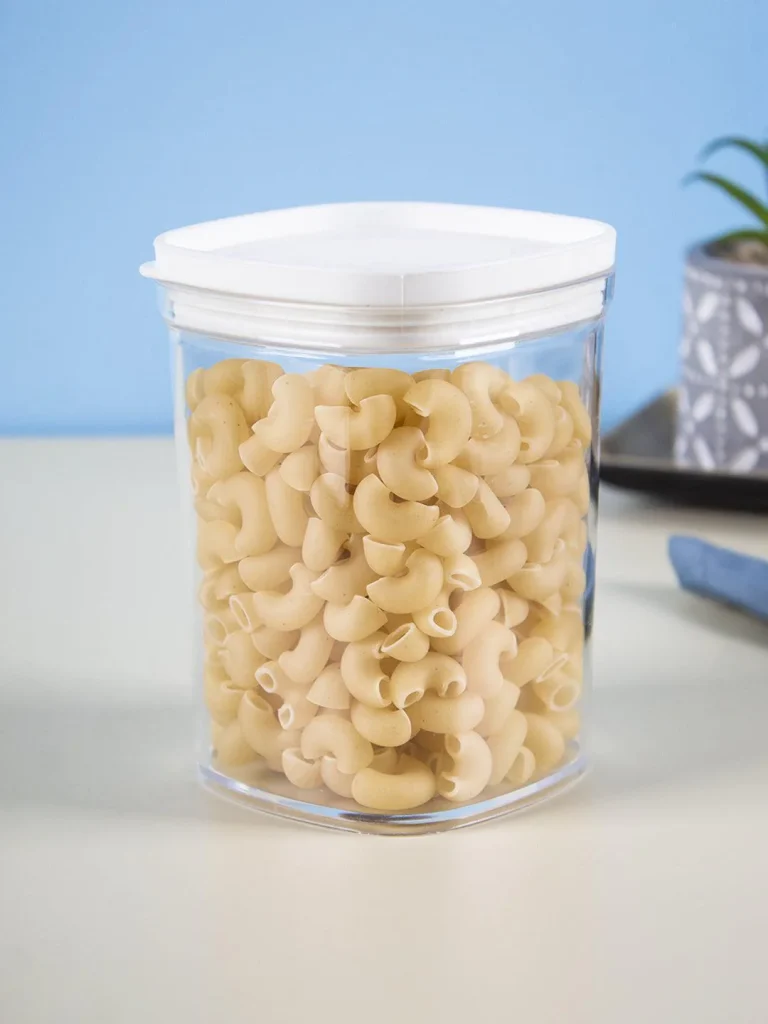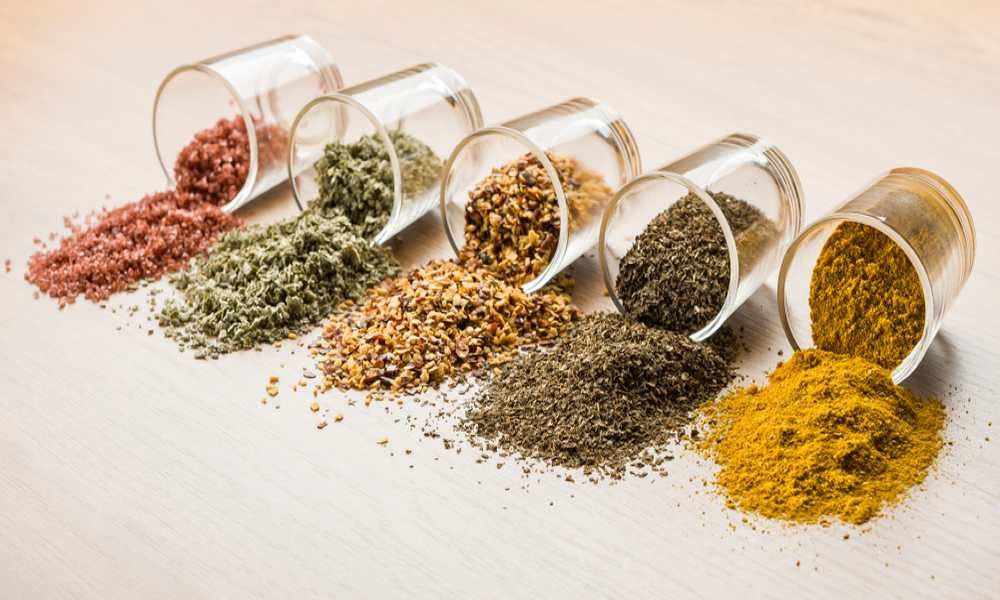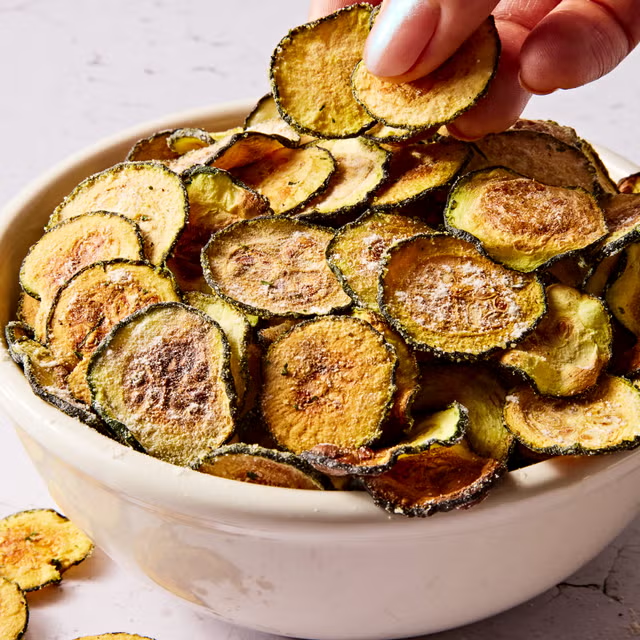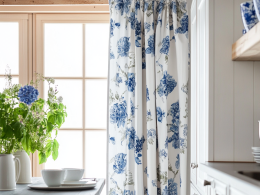Every home cook dreams of having a decked-out kitchen filled with pantry staples. After all, creating the perfect breakfast, lunch or dinner will be as easy as grabbing the ingredients and getting them on the stove as soon as possible.
When managing your kitchen, it may be a little overwhelming to figure out what should be on your shopping list. Take a deep breath. Here are the pantry basics every home chef needs:
1. Containers

Organizers are a must to keep your pantry neat. Granted, you are more than welcome to keep the regular packaging. However, with all the different brands and colors, it can get a little visually chaotic. Containers for your liquids and dried products are your best friend.
Aside from being aesthetically pleasing, organizing is a great way to mentally relax and boost creativity in the long run. Revel in the therapeutic task of transferring your oils and spices into tubes and jars.
2. Oil
Oil is one of the most important ingredients. Whether making a stir fry or toasting a sandwich, you’ll need liquid gold. While oils are ideal for the pantry, check the product label to determine whether they need refrigeration.
For general cooking oil, you can choose between canola and peanut oil. Extra-virgin olive oil and sesame oil are also good choices if you want extra flavor when drizzling.
3. Vinegar
Vinegar is also a key pantry essential. Contrary to other ingredients in this list, it’s ideal to keep it in its original packaging due to its strong fragrance. Aged balsamic or apple cider vinegar is great as a salad dressing. However, you can explore other types of vinegar as well, using it as a marinade base or pickling tool.
4. Seasoning

Seasoning is also ideal for having in the pantry to create flavorful dishes. You can choose between liquids like soy sauce and Worcestershire sauce or drier spices and herbs like bay leaves, salt, and pepper.
Don’t forget to choose based on your preferred flavor profiles. For example, lemongrass is associated with Asian-style dishes, offering a citrus and minty twang. Meanwhile, Cayenne pepper is a staple in Southern cuisine as it adds a spicy kick.
5. Pasta and Grain
Carbohydrates are often shunned as a negative energy source, but they are important in a healthy and balanced diet. Plus, they help you feel full throughout the day. Store dried pasta and grains like rice in your household.
Pasta and grain take a long period of time before going bad. Plus, they’re quite easy to make as you only need hot water and patience. Once they soften up, you can integrate them into various dishes.
6. Canned Goods
As the pantry is room temperature, it’s ideal to look at non-perishables. Canned goods are an excellent pickup since they take a long time to expire. They’re also a quick and simple fix when you’re unsure what to have for your meal.
There’s a wide variety of canned food, including meat, tuna, corn, peas, beans, and so much more. You can even get canned soup, which you can easily heat on the nights you need something warm and comforting.
7. Healthy Snacks

Canned goods aren’t always healthy, as they contain a lot of preservatives. Balance out your pantry for healthy snacks. For example, swap in an apple or two to avoid overindulging in chocolate cake or other similar desserts. You can also store nuts and seeds for a tasty snack. Just remind yourself to eat them in moderation, too.
8. Plants
Ever think about how some people have a pantry garden in their home? It’s a great way to practice more food diversity, as most people’s calories come from nine out of 6,000 domesticated plant species. Go beyond wheat, corn, rice and soy.
Basil is good for beginners, as they’re easy to grow and you get abundant. Grind the leaves to a pesto sauce or use them in your soups. Another option would be celery, as they’re widely used in different dishes as well.
9. Baking Essentials
If you love baking or want to try it for the first time, the pantry is a great place to store baking essentials. Many recipes utilize flour, sugar and yeast, which are good core ingredients. You can also get leavenings like baking soda and powder. Remember that they get less potent over time, so recording the expiration date is necessary.
10. Tea and Coffee

Every home chef simply needs to have beverage options in their kitchen. Dried tea or coffee beans are ideal, as they’re the two most popular drinks. You can have only one if that’s your preference, but it’s great to have both if you have guests. Another alternative would be to store away juice powder.
11. Condiments
Condiments should also go into your pantry as long as they are shelf-stable. Stock up on your favorites. Mayonnaise was the top condiment in 2021 when it came to sales, with ranch and ketchup quite close. However, you can also pick less popular ones like relish, BBQ sauce, tabasco, mustard and more.
12. Alcohol
This section does not encourage drinking, but it’s not bad for home cooks to have a sip of alcohol every once in a while. Plus, the flavor of some dishes, like beef stew or creamy chicken marsala, benefits from adding a dash of wine every now and then. Stash a bottle or two in the kitchen and reserve for those occasions.
Find Pantry Staples
Knowing what to get for your kitchen can seem overwhelming, especially for first-time home chefs. Follow the list above to cop all the pantry staples you need for your cooking endeavors. You’ll surely make a wonderful-tasting dish out of it.











